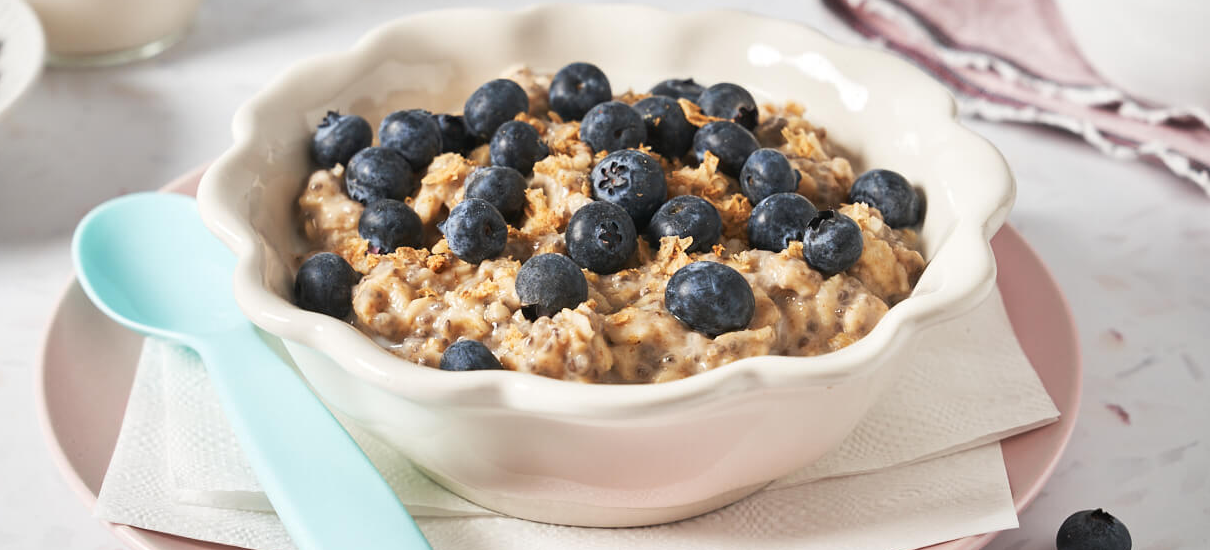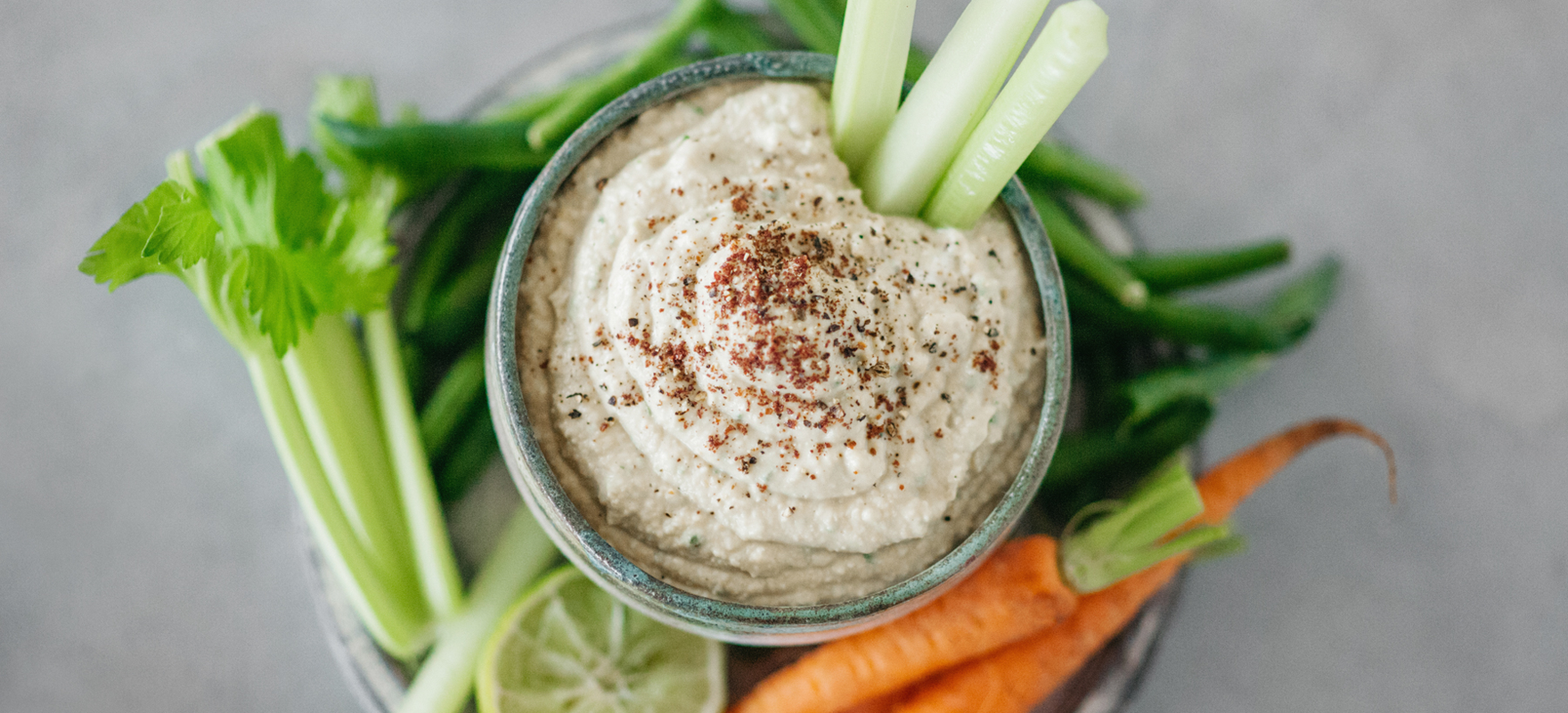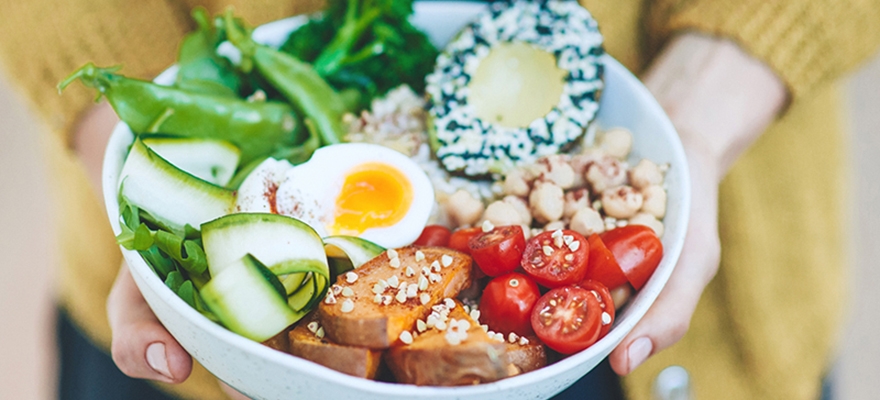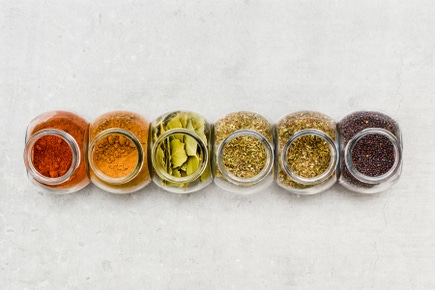
Why the right carbs matter – dietitian tips for diabetes prevention and management
Did you know that type 2 diabetes is the world’s fastest growing chronic health condition? Nearly a quarter of a million New Zealanders have been diagnosed with diabetes (mostly type 2) and some people are living with the condition but don’t yet know it.
We can likely attribute the stark rise in type 2 diabetes diagnoses to the modern lifestyle we live. A combination of discretionary foods along with more sedentary work and less physical activity are all contributing factors and putting populations at greater risk. Making lifestyle changes like prioritising plant foods, choosing high fibre low GI carbs, choosing healthy fats, maintaining a healthy weight and exercising regularly are key to reducing your risk.
I’m living with diabetes, how do I manage my blood glucose levels? What can I eat?
The good news is people living with diabetes can eat the same things as everyone else, including nutritious carbohydrates. To help prevent or manage diabetes, you want to focus on enjoying a variety of foods from each of the five food groups (vegetables, fruits, wholegrain foods, proteins like tofu, tempeh, eggs, legumes and dairy foods or calcium fortified plant-alternatives).
While there is no one-size-fits all approach to food and diabetes, a day on a plate for a person with type 2 diabetes could look like:
Breakfast:Porridge (made with traditional or steel cut oats) with blueberries, almonds and chia seeds | |
Lunch:Roasted vegetable salad (including pumpkin, eggplant, capsicum, zucchini and red onion) with chickpeas and hummus or a bowl of lentil and vegetable soup with slice of wholegrain sourdough | |
Snack:Apple with a handful or almonds or hummus with carrot and celery | |
Dinner:Burrito bowl with brown rice, black beans, salad vegetables, cheese, avocado, and salsa |
Can I eat carbohydrates if I’m living with diabetes?
According to Advanced Accredited Practising Dietitian and Credentialled Diabetes Educator Dr Kate Marsh, yes you can.
“The amount and type of carbohydrate foods you eat plays an important part in managing your blood glucose levels,” said Dr Marsh.
“While there isn’t enough evidence to make specific recommendations about the ideal amount of carbs for people living with diabetes, it is recommended to avoid refined starches and added sugars and focus on enjoying more nutritious carbohydrate choices like vegetables, legumes, fruits, unsweetened dairy foods and wholegrains.”
Looking for some great recipe ideas? Check out these high-fibre recipe suggestions.
Should I go low-carb or keto?
While low carb diets may help with weight loss and reducing blood glucose levels, at least in the short term, they also have some downsides, according to Dr Marsh.
“Low-carb diets restrict most of the foods we know are beneficial for good health, including wholegrains, legumes, fruits and some vegetables. Research has shown that eating more of these foods is associated with a reduced risk of many chronic diseases, including cardiovascular disease, type 2 diabetes and some types of cancer,” said Dr Marsh.
“There is also evidence that low-carb diets high in animal foods can worsen insulin sensitivity, increase type 2 diabetes risk and increase overall mortality risk and the risk of dying from heart disease and cancer. And restricting wholegrains and legumes and eating a lot of animal foods can have negative effects on your gut bacteria, which may increase the risk of future health problems including bowel cancer.”
Whether you’re at risk, or have been diagnosed with diabetes, try some of Dr Marsh’s top 5 healthy eating tips to make better carb choices:
- Look for low GI: Choose carbs that are high in fibre, lower GI and nutrient-dense, such as fresh fruits, vegetables, legumes including lentils, chickpeas and dried or canned beans, wholegrain and lower GI varieties of rice, dense wholegrain breads, wholemeal or wholegrain pasta or noodles and unsweetened dairy foods like milk and natural yoghurt.
- Stay balanced: Make sure your meals are balanced with healthy carbohydrates, lean protein and plenty of salad and vegetables.
- Make simple swaps: Swap white rice for brown rice or other grains such as barley, freekeh, burghul or quinoa. Switch breakfast cereals made with refined grains, to traditional rolled or steel-cut oats and natural muesli. Replace white or wholemeal bread with dense, wholegrain varieties.
- Snack smart: Snack on fresh fruit and nuts rather than processed snack foods.
- Power of pulses: Add legumes into meals including salads, soups, curries and stews.
Ultimately, Dr Marsh’s advice is to work closely with a health professional, like a registered dietitian to find the best diet for you: “If you have diabetes, your dietitian can help you to work out the right amount of carbohydrate for your individual needs and how best to distribute carbohydrates across your day and/or match it with your insulin or medication to help with blood glucose management.”
For more information on diabetes, here are our nutrition fact sheets created by our dietitians. If you have any questions about diabetes or switching to a low GI diet, always speak with your GP, a dietitian, or a qualified health professional.

The latest nutrition advice, plus health and wellness tips delivered to your inbox monthly





